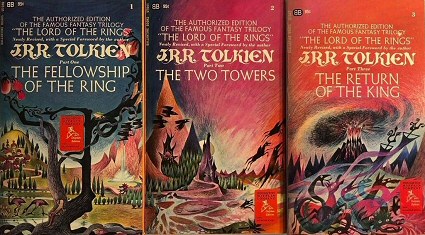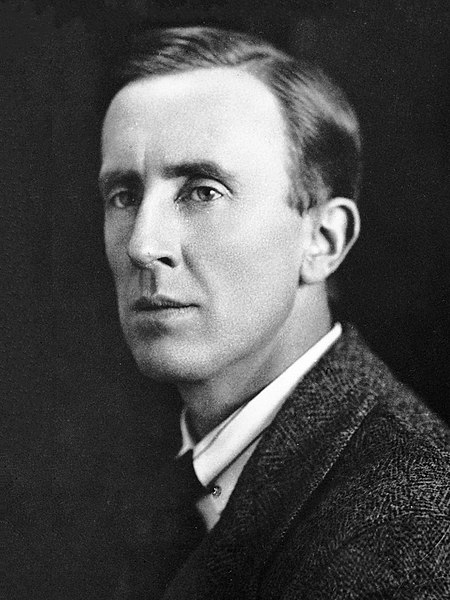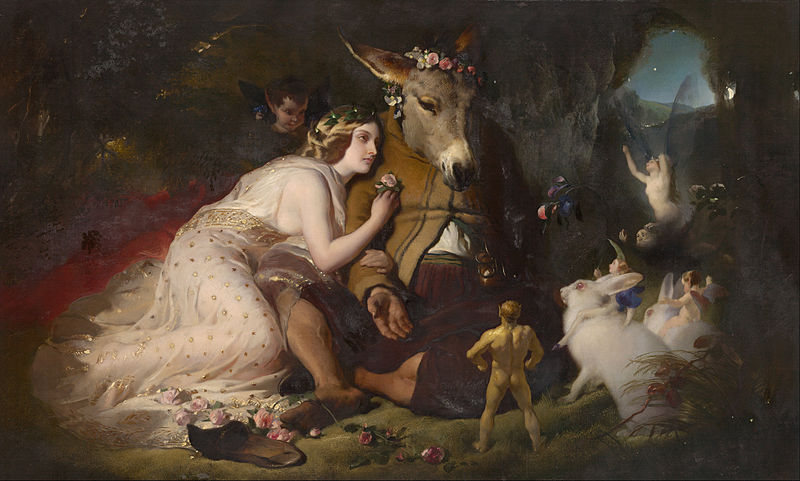J.R.R. Tolkien’s Middle Earth is a renowned and alluring universe in the field of fantasy literature and movies that has grabbed the minds of millions of people. One of Tolkien’s most impressive achievements, apart from the epic stories of hobbits, elves, and dark lords, is the complex network of languages he painstakingly created for his imaginary races. In addition to adding to the richness of Middle Earth, created languages like Elvish and Dwarvish have also sparked a passionate following of language lovers and admirers. The interesting world of Middle-earth languages and their influence on the field of invented languages in fandom are covered in this article. We set out on a linguistic trip into the core of Tolkien’s creative genius and the ongoing legacy of his linguistic inventions, from his linguistic genius to the devoted followers who continue to study and expand upon his creations.
Elvish Languages
Being one of the oldest species in Middle Earth, the elves have created a variety of Elvish languages. The most well-known Elvish tongue is Quenya, which Tolkien invented for his High Elves. The grammar and syntax of Quenya have their unique structures, and the language has numerous detailed rules and restrictions. Sindarin is another Elvish language. The Grey Elves spoke it, and its source was Quenya. In addition, some elven groups in Middle Earth speak other, less popular Elvish languages like Telerin and Nandorin.
Tolkien’s World
The many species who made up Tolkien’s universe each had their distinct tongue, dialect, and accent.
“What I think is a primary ‘fact’ about my work, is that it is all of a piece, and fundamentally linguistic in inspiration. The invention of languages is the foundation. The ‘stories’ were made rather to provide a world for the languages than the reverse. To me, a name comes first and the story follows. I should have preferred to write in ‘Elvish’. But, of course, such a work as The Lord of the Rings has been edited and only as much ‘language’ has been left in as I thought would be stomached by readers.”- J.R.R. Tolkien
The stories behind the characters and the characters themselves are mostly based on Tolkien’s Middle-Earthian languages. He provides the reader a feel of these persons’ cultures through the tones and rhythmic patterns of their speech.
Black Speech
The Black Speech was developed by Sauron to rule over his followers and oppress others. It is a very ancient language that predates even Elvish. The Black Speech has been characterized as a harsh tongue without any discernible grammar or syntax; it is entirely composed of commands without any finesse or nuance. Though mostly utilized by Orcs, Men who had fallen victim to Sauron’s power also talked in the Black Speech. Due to its sinister origins and character, it continues to be among the most dreaded tongues in all of Middle Earth.
Goblin Tongue
Another old tongue that predates even Elvish is known as the Goblin Tongue, which is regarded as one of the first tongues ever developed in Middle Earth. As the name suggests, goblins were the main speakers of this language, although orcs, trolls, wargs, spiders, and other creatures of a similar kind could also understand it to varied degrees. The Goblin Tongue carries a certain amount of dread for those who live in Middle Earth because it can only be spoken (or understood) properly by someone who has been touched by darkness at least once in their life, implying that anyone speaking this tongue had probably done something terrible at some point in the past. However, it is not nearly as strong or feared as Sauron’s Black Speech.
Sindarin and Quenya
Two of Tolkien’s most well-known Elvish languages are Sindarin and Quenya. These languages were spoken by the Elves in his tales as they traversed Middle Earth. Despite sharing a similar ancestral language known as Primitive Quendian, these languages have now diverged into separate varieties. While Quenya was spoken mostly in Valinor and Numenor, Sindarin was spoken primarily in Beleriand and Lindon. Both were lovely melodic languages with poetry words and phrases despite having differing grammatical structures and vocabularies.
Khuzdul
The Khuzdul language, which the Dwarves of Middle Earth spoke, was kept a secret from outsiders since it was filled with old information about their history and culture. Because it was so complicated, this language developed slowly over time and was rarely recorded. Only a small number of Dwarves were taught Khuzdul, and even among them, only a few were proficient enough to record it or impart it to others. Deep guttural noises that were difficult for non-Dwarves to comprehend or pronounce were a defining feature of the language.
Languages of Men
The majority of the many languages spoken by mankind in Middle Earth were only referenced in his works, despite their abundance. He did, however, create the grammar and vocabulary for at least three of them, including Taliska, Adûnaic, and the Soval Phar, which were spoken in the Third Age by both Hobbits and Men. Tolkien first became interested in Taliska, a language based on the Gothic script. Although he created a Taliska grammar and lexicon, they have not yet been made public.
The bulk of the inhabitants spoke Adûnaic, which evolved from Taliska dialects that were closely similar. The closest thing to a common language in Middle Earth during The Lord of the Rings era was Soval Phar, often known as “Common Speech” or Westron in English. Instead of coming from the language itself, the term Westron is taken from the word “West” in English. Other less developed languages were Haladin, Dunlendish, Drûg, Haradrim, and Easterling, which are all descended from Old Norse, Rohirric, which is descended from Anglo-Saxon, and Rhovanion, which is descended from Gothic.
The Entish Language
The Ents now speak Entish, despite not having a distinct “language” at first. However, not long after the beginning of both of their species, the first Elves came into contact with the first Ents in the ancient forests of Middle Earth. The Elves taught the Ents the idea of talking with sounds rather than words after noticing their sentience and that of the more “awake” trees and Ents. The Ents learned a lot from the Elves as a result of their constant interactions with them. The Elvish language, Quenya, charmed the Ents, and they transformed the Quenya lexicon utilizing Old Entish grammatical structure for their daily usage. As a result, unlike Old Entish, the words used by characters like Treebeard in “New Entish” were simple to translate.
Westron and Adûnaic
During the Third Age of Arda (the period covered by JRR Tolkien’s fictional universe), two closely similar human languages called Adûnaic and Westron were used widely throughout Middle Earth. Westron evolved from Adûnaic following the destruction of Nmenor, where it had its beginnings. Since people in Middle Earth spoke these two languages around the time the Lord of the Rings trilogy takes place (around the War of the Ring), they were frequently referred to as “Common Speech.”
Westron gained such widespread use in Middle Earth that it eventually replaced many other languages, including Entish, Rohirric, Dunlendish, and others, and developed into the modern English that we know today.
Conclusion
A particularly impressive aspect of J.R.R Tolkien’s world-building abilities was his ability to design distinct languages for each race that inhabited Middle Earth. These fantastic innovations give a new level of complexity to the fantasy world that we all like. In addition, more ominous tongues like Goblin Tongue and Sauron’s Black Speech serve as warnings that danger is all around us! No matter how you slice it, Tolkien’s linguistic prowess has never been surpassed.



